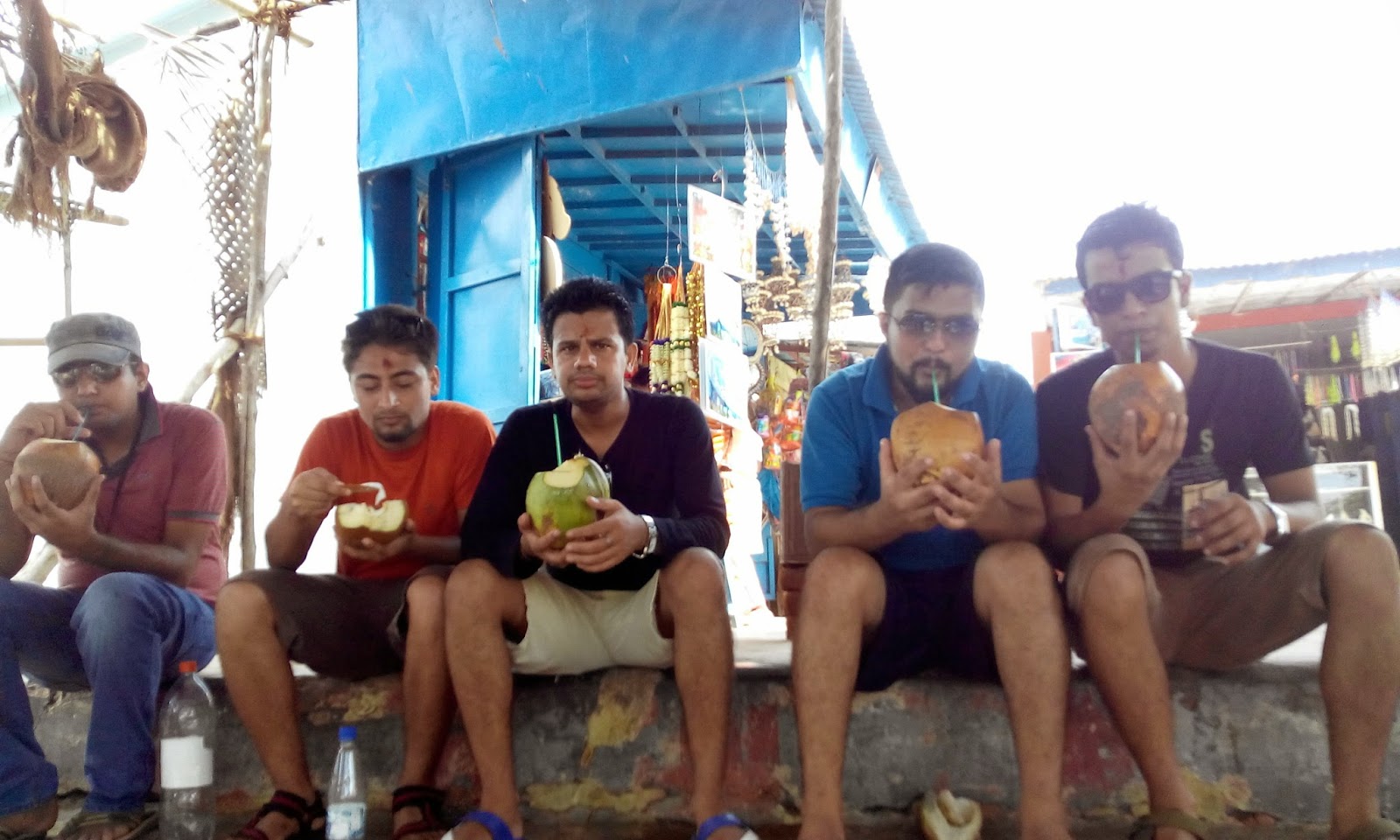Reasoning of ethics as grey and white area has been an escaping reason for many people and companies to justify their unethical practices. However, Of lately, Ethics has been identified as one of the important aspect for a business. The increasing concerns regarding ethics and moral values promoted by organization like: World Forum For Ethics in Business, Ethics Resource Center , LRN etc. have grasped the attention of the major companies of the world.
To keep unethical practices at bay, we should move forward with following practices:
 |
| Pic credits: undp.org |
To keep unethical practices at bay, we should move forward with following practices:
1) Assessment of cultural base of employees and organization
making an assessment of the cultural background of all the employees in an organization. This helps the company in identification and development of organizations culture. It also enables the company to understand the base of ethical/unethical practices in an organization and thus the tendency of unethical practices not being reported.
making an assessment of the cultural background of all the employees in an organization. This helps the company in identification and development of organizations culture. It also enables the company to understand the base of ethical/unethical practices in an organization and thus the tendency of unethical practices not being reported.
2) Designing of desired(ethically sound) corporate culture
The assessment of cultural background and its findings will assist the company to come forward with the desired corporate culture and change some aspects of the existing corporate culture. This need a conscious overhauling of the company's fundamental values and practices, the general practices in the industry, government policies etc.
The assessment of cultural background and its findings will assist the company to come forward with the desired corporate culture and change some aspects of the existing corporate culture. This need a conscious overhauling of the company's fundamental values and practices, the general practices in the industry, government policies etc.
3) Implementation of Plans
Generation of detailed plan of implementation is required to fulfill the gap between the ideal corporate culture desired for and the reality. The integration should be a gradual and stepwise process to implement the desired level of ethical practices in an organization. The company must stand in terms of what it preaches and what it practices.
Generation of detailed plan of implementation is required to fulfill the gap between the ideal corporate culture desired for and the reality. The integration should be a gradual and stepwise process to implement the desired level of ethical practices in an organization. The company must stand in terms of what it preaches and what it practices.
4) Promotion of ethical leadership
This is also another key aspect for ensuring promotion and practices of ethical practices at workplace. Imagine the quality of ethical practices in an organization in which has sound guidelines for ethical practices but the leader is corrupt and thus unethical. As such, the top level authorities should be conscious regarding their practices as they will influence a large chunk of subordinates who follow them. Besides organization should also educate employees to go beyond complying laws and to adopt principled behavior in workplace, ethically justified practices and sound decision making, which thus promote ethical corporate culture in the long term.
This is also another key aspect for ensuring promotion and practices of ethical practices at workplace. Imagine the quality of ethical practices in an organization in which has sound guidelines for ethical practices but the leader is corrupt and thus unethical. As such, the top level authorities should be conscious regarding their practices as they will influence a large chunk of subordinates who follow them. Besides organization should also educate employees to go beyond complying laws and to adopt principled behavior in workplace, ethically justified practices and sound decision making, which thus promote ethical corporate culture in the long term.
5) Employees engagement in Ethical practices
Employee engagement in activities regarding the promotion of ethical practices should be done. Leadership must generate trust from employees regarding the company's corporate culture. There must be a two way discussions regarding the company corporate culture and why it should be practices by the employees. Everyone should understand why the corporate culture matters to them and feel inspired to implement them. Engaging employees about company's expectations regarding appropriate conduct at workplace, companies can motivate them for ethical and profitable practice at the same time.
Employee engagement in activities regarding the promotion of ethical practices should be done. Leadership must generate trust from employees regarding the company's corporate culture. There must be a two way discussions regarding the company corporate culture and why it should be practices by the employees. Everyone should understand why the corporate culture matters to them and feel inspired to implement them. Engaging employees about company's expectations regarding appropriate conduct at workplace, companies can motivate them for ethical and profitable practice at the same time.
6) Systematic and responsive reporting mechanism
Creation of trustworthy reporting system is another most important part of implementing ethical practices in an organization. The management must develop system that makes the employee comfortable to raise issues about ethics, with their supervisors. A clear and responsive system for reporting of the unethical practices, handling of the grievance/reporting, investigation of raised issues, should be done. Similarly employees must confident that management will be respectful to towards the employees making complaints.
References:
Ethics.org
Hbr.org
World Forum For Ethics in Business
Creation of trustworthy reporting system is another most important part of implementing ethical practices in an organization. The management must develop system that makes the employee comfortable to raise issues about ethics, with their supervisors. A clear and responsive system for reporting of the unethical practices, handling of the grievance/reporting, investigation of raised issues, should be done. Similarly employees must confident that management will be respectful to towards the employees making complaints.
References:
Ethics.org
Hbr.org
World Forum For Ethics in Business


























